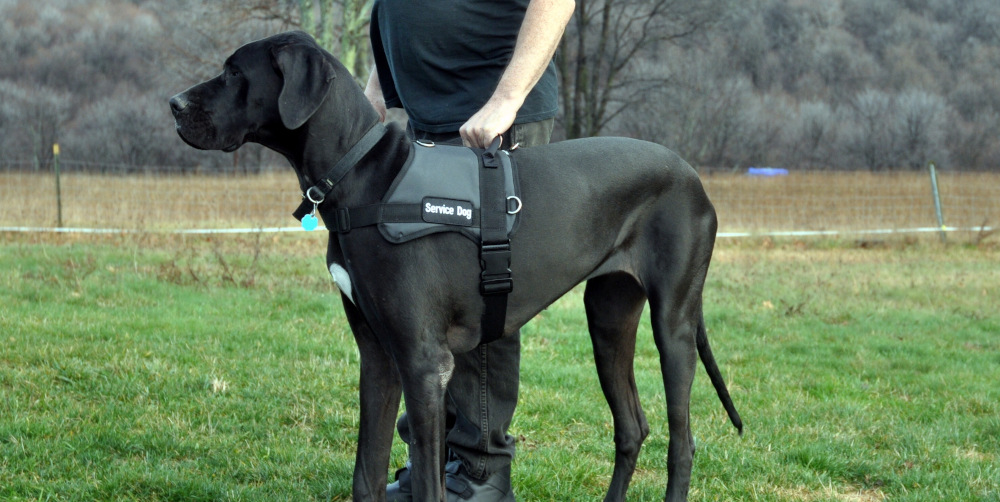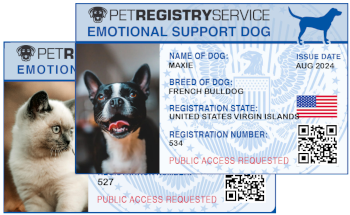Common Service Dog Breeds

Service dogs are remarkable animals trained to perform specific tasks that assist individuals with disabilities. Their roles range from guiding visually impaired individuals to detecting medical emergencies. While any dog breed can theoretically become a service dog, certain breeds are more commonly chosen due to their intelligence, temperament, and physical capabilities. Here are some of the most common service dog breeds and what makes them exceptional.
1. Labrador Retriever
Traits:
- Friendly and sociable
- Highly trainable
- Energetic yet calm when needed
Labrador Retrievers are one of the most popular service dog breeds. Their friendly disposition and eagerness to please make them ideal for various roles, including guide dogs for the visually impaired and therapy dogs. They’re also excellent for assisting individuals with mobility challenges, as their strength allows them to help with tasks like opening doors and retrieving items.
2. Golden Retriever
Traits:
- Gentle and patient
- Intelligent and eager to learn
- Affectionate and loyal
Golden Retrievers share many traits with Labradors but are particularly known for their gentle nature. This makes them ideal for individuals who need emotional support or therapy. Their intelligence and patience also make them suitable for complex tasks, such as detecting seizures or diabetic emergencies.
3. German Shepherd
Traits:
- Protective and loyal
- Intelligent and focused
- Versatile and adaptable
German Shepherds are commonly used as service dogs for individuals who need a higher level of protection or support. Their alertness and trainability make them excellent guide dogs and mobility aids. They are also often employed in roles requiring heightened vigilance, such as assisting individuals with PTSD.
4. Poodle
Traits:
- Hypoallergenic coat
- Intelligent and alert
- Calm and adaptable
Poodles, especially Standard Poodles, are an excellent choice for individuals with allergies due to their hypoallergenic coats. Their intelligence and adaptability allow them to excel in roles like medical alert dogs and mobility assistance dogs. Their smaller size compared to Labradors or German Shepherds can also be an advantage in certain environments.
5. Border Collie
Traits:
- Exceptionally intelligent
- Energetic and hardworking
- Highly trainable
Border Collies are known for their sharp intellect and problem-solving skills. While they are less commonly seen as service dogs compared to Labradors or Golden Retrievers, their ability to learn complex tasks quickly makes them ideal for specialized roles, such as detecting medical conditions or providing advanced mobility assistance.
6. Boxer
Traits:
- Strong and sturdy
- Gentle with family
- Loyal and attentive
Boxers are increasingly being used as service dogs, particularly for mobility assistance. Their sturdy build allows them to support individuals with balance issues, while their gentle and attentive nature makes them great companions.
7. Great Dane
Traits:
- Large and strong
- Gentle giants
- Patient and calm
Great Danes are often chosen for mobility assistance roles due to their size and strength. Their calm demeanor and loyalty make them excellent for individuals who require physical support, such as help with walking or standing.
Conclusion
When choosing a service dog, it’s essential to consider the specific needs of the individual and the tasks the dog will be performing. While these breeds are commonly seen in service roles, each dog is unique and must undergo rigorous training to ensure they can meet the demands of their role. Whether providing emotional support, guiding the visually impaired, or detecting medical emergencies, service dogs are invaluable companions that enhance the lives of those they assist.




